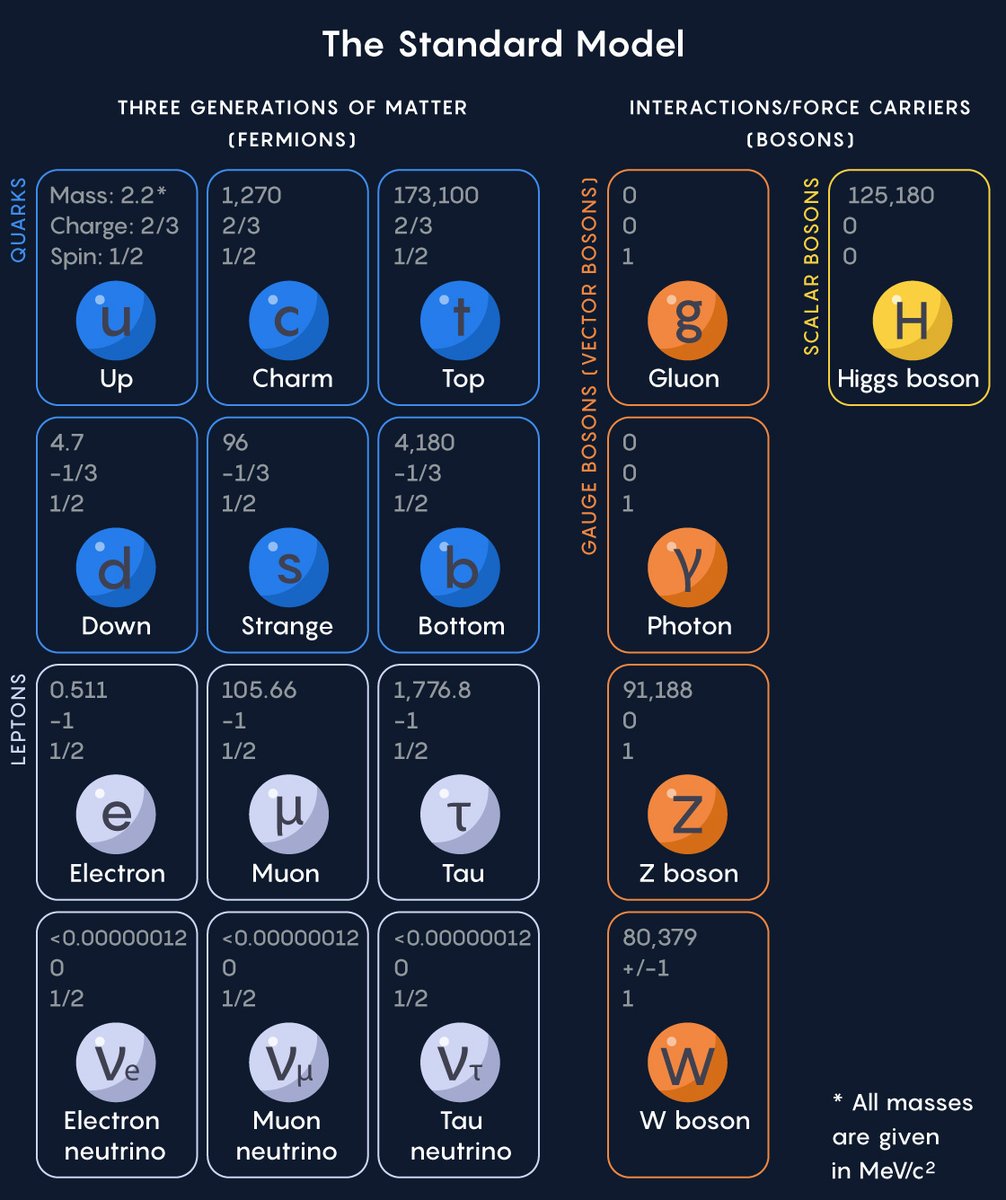
THREAD: The researchers developing epidemiological models are often expected to provide answers where there are none, with a certainty they can’t guarantee. Here is how these models are made, and where their uncertainties lie. (Reporting by @jordanacep)
To understand pandemics and other disease outbreaks, scientists turn to two well-established approaches to quantitative epidemiological modeling. Today’s models usually fall on a spectrum between the two. 



On one end of the spectrum are models that split a population into “compartments” based on whether they are susceptible, infected or recovered (S, I or R). Because COVID-19 has such a long incubation period, its models also need to include an exposed (E) compartment.
SEIR models generally assume that populations are homogeneous, that people mix evenly and that everyone is equally susceptible to the virus. Reality, of course, is more complicated. To model complexity, researchers move away from simple averages. 

As researchers add more layers of detail, they move toward the other end of the epidemiological modeling spectrum: agent-based models, which simulate individuals, their interactions, their daily activities and how the virus might affect them.
Agent-based models provide granularity, but at a cost: Scientists need to gather more data, make more assumptions and manage much higher levels of uncertainty in their models. 

Epidemiological models are not weather forecasts. When meteorologists forecast a hurricane’s path, whether people evacuate or stay put does not affect the hurricane’s direction or strength. But people’s actions have a direct impact on disease transmission. 

In mid-March of last year, an agent-based model from researchers at Imperial College London projected up to 2.2 million deaths in the U.S. over the course of the pandemic — an estimate of the death toll if society did literally nothing in response. 

The Imperial College London model’s worst-case scenario projection helped galvanize a global response, but was later accused of sensationalism. Such critiques ignore the fact that models can help prompt responses that avert worse catastrophes. 

On the other hand, rosier projections can also be conflated with predictions. Models that relied on numerous unlikely assumptions were used by some decision-makers to fulfill a political agenda, or to reopen cities too early. 

Gathering data to model a pandemic as it happens is a challenge. Even worse, key numbers, like the true total of infections, can be unobservable: Some people never visit a doctor. Some can’t be tested. False positives and negatives also occur. 

The greatest uncertainty in COVID-19 is not how the virus behaves, but how people do. People don’t always act rationally or predictably, which throws off the value of the projections. 

Researchers expect to be dissecting what happened during the COVID-19 pandemic for years. One crucial emerging lesson is that epidemiologists need to communicate the uses and limitations of their models more effectively — and that we need to listen. 

To read @jordanacep’s full story on the epidemiological models of the COVID-19 pandemic, and for ongoing reporting on biology, mathematics, physics and computer science, visit quantamagazine.org. (/THREAD)
quantamagazine.org/the-hard-lesso…
quantamagazine.org/the-hard-lesso…
• • •
Missing some Tweet in this thread? You can try to
force a refresh







